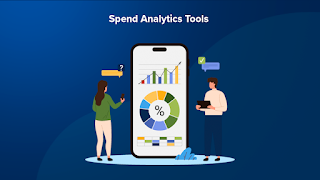Choosing the Right Spend Analytics Tool: A Mid-Market Buyer’s Guide
.png)
Negotiating costs with vendors, ensuring compliance, and determining where your money is leaking might feel like being trapped in a maze. You must know what you’re spending your money on before you can start to transform your procurement operations. Many firms struggle to keep track of every dollar spent. Spreadsheets are no longer helpful. Spend analytics software will help you accomplish this fast and efficiently. Can you do the spend analytics tool in an Excel spreadsheet? Sure, but it won’t be very efficient and is subject to human error. It’s only a viable option if you’re an SME with a spending landscape low in complexity. When you reach the mid-market, your spending often becomes more sophisticated. It's various outdated ERP systems or multiple manufacturing locations with contradictory taxonomies. This often supports the business case for investing in expenditure analytics software to classify this more quickly and easily. However, expenditure analytics, or d...
